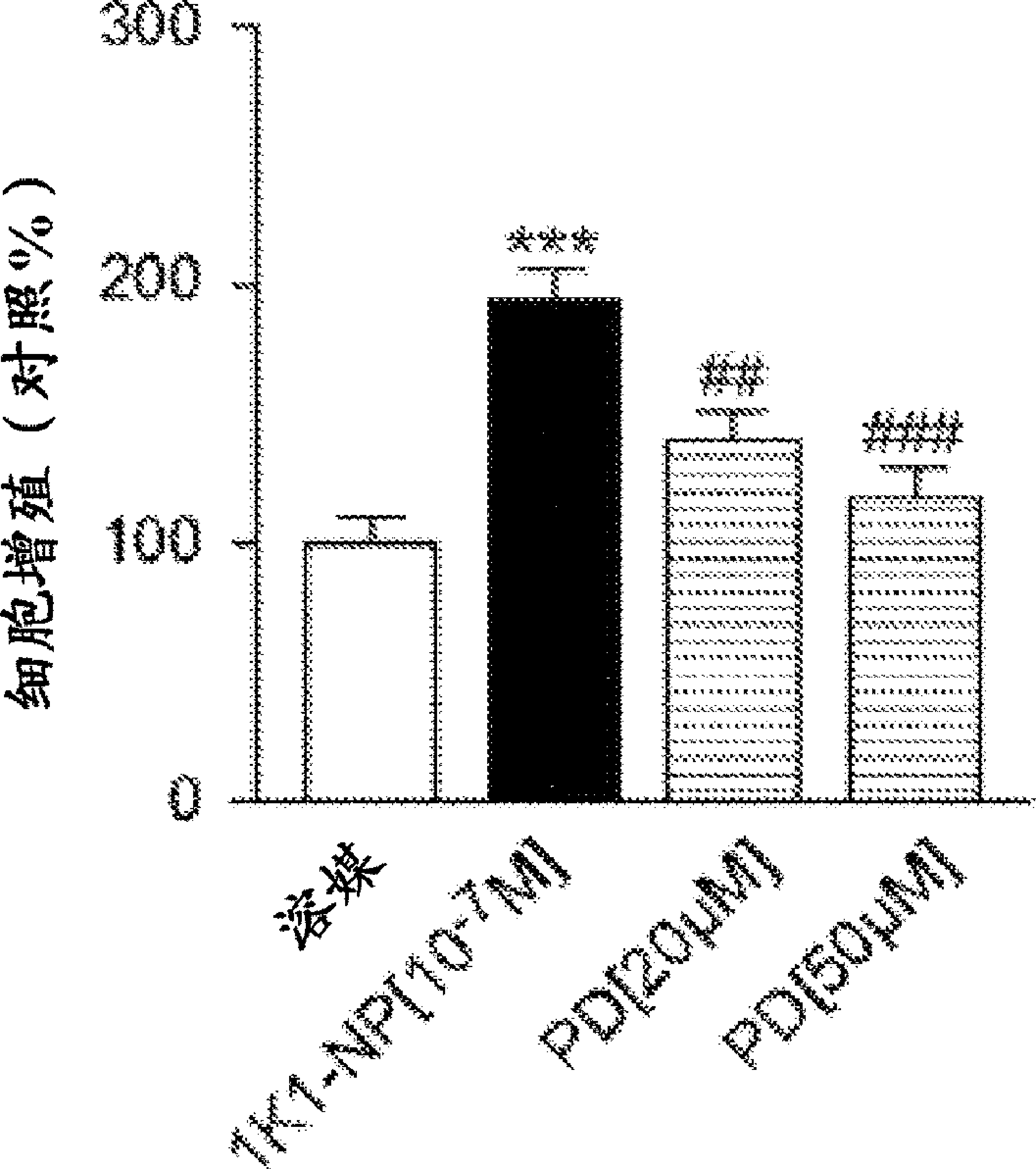Compositions and methods for inducing angiogenesis
A composition and biological technology, applied in the direction of drug combination, cardiovascular system diseases, medical preparations containing active ingredients, etc.
- Summary
- Abstract
- Description
- Claims
- Application Information
AI Technical Summary
Problems solved by technology
Method used
Image
Examples
Embodiment 1
[0164] Example 1. Engineering 1K1, an aglycosylated HGF / SF variant.
[0165]In the presence of heparan sulfate or heparin, NK1 behaves as a partial receptor agonist (14). To develop 1K1, a rational protein engineering approach based on structural and functional studies of NK1 (15), the NK1-heparin complex (16) and the individual N and K1 domains (17) was employed. NK1 binds to heparin through two distinct sites: a high-affinity site located within the N domain and formed by the side chains of R73, K60, T61, R76, K62, and K58 and the backbone atoms of T61, K63, and G79 (18 ), and a low-affinity site within the K1 domain that includes the side chains of K132, R134, K170, and R181. Mutation 1K1 carries two reverse charge mutations at K132 and R134 (1K1:K132E:R134E), which disrupt heparin binding to the kringle domain (Figures 1A to 1H) and appear to be identical to wild-type on several cell types. than increased signal transduction activity (16). Without wishing to be bound ...
Embodiment 2
[0166] Example 2. 1K1 induces angiogenesis in vitro by binding to MET kinase.
[0167] The angiogenic phenotype is the culmination of discrete cellular steps characterized by endothelial chemoinvasion, proliferation and tubule formation (18). As shown in Figures 2A to 2D, both HGF / SF and 1K1 induced endothelial cell proliferation. Furthermore, 1K1-induced endothelial cell proliferation was inhibited in a concentration-dependent manner by the MET kinase inhibitor PHA 665752 (FIG. 2C), confirming that 1K1 induces angiogenesis through the Met receptor. Previous studies have revealed that MET binding by HGF / SF ligands leads to downstream signaling through PI3K and MAPK (10). However, it is unknown whether the PI3K pathway and the MAPK pathway are activated in 1K1-mediated endothelial cell proliferation. Therefore, the cells were pretreated with LY294002 or PD98059, which inhibited PI3K and MAPK, respectively. As shown in Figures 2A to 2D, both LY294002 and PD98059 inhibited 1...
Embodiment 3
[0169] Example 3. Synthesis and characterization of 1K1-nanoparticles.
[0170] A key challenge in therapeutic angiogenesis is the local and sustained delivery of angiogenic factors at the desired site of action (6). In a previous study, Richardson et al. demonstrated that sustained release of VEGF-165 and PDGF-BB from a single structural polymer scaffold (each with different kinetics) resulted in rapid formation of mature vascular networks (19). Furthermore, controlled intramyocardial delivery of platelet-derived growth factors has been reported to improve ventricular function after infarction with increased vascularization (20). Similarly, in a recent study, intramuscular injection of pivastatin-loaded nanoparticles, which deliver sustained drug release, resulted in enhanced angiogenesis (21). However, no previous studies have demonstrated sustained release formulations of 1K1. Thus, nanoparticles were engineered from polylactic-glycolic acid (PLGA) copolymers, which are...
PUM
| Property | Measurement | Unit |
|---|---|---|
| particle size | aaaaa | aaaaa |
| particle size | aaaaa | aaaaa |
| diameter | aaaaa | aaaaa |
Abstract
Description
Claims
Application Information
 Login to View More
Login to View More - R&D
- Intellectual Property
- Life Sciences
- Materials
- Tech Scout
- Unparalleled Data Quality
- Higher Quality Content
- 60% Fewer Hallucinations
Browse by: Latest US Patents, China's latest patents, Technical Efficacy Thesaurus, Application Domain, Technology Topic, Popular Technical Reports.
© 2025 PatSnap. All rights reserved.Legal|Privacy policy|Modern Slavery Act Transparency Statement|Sitemap|About US| Contact US: help@patsnap.com



